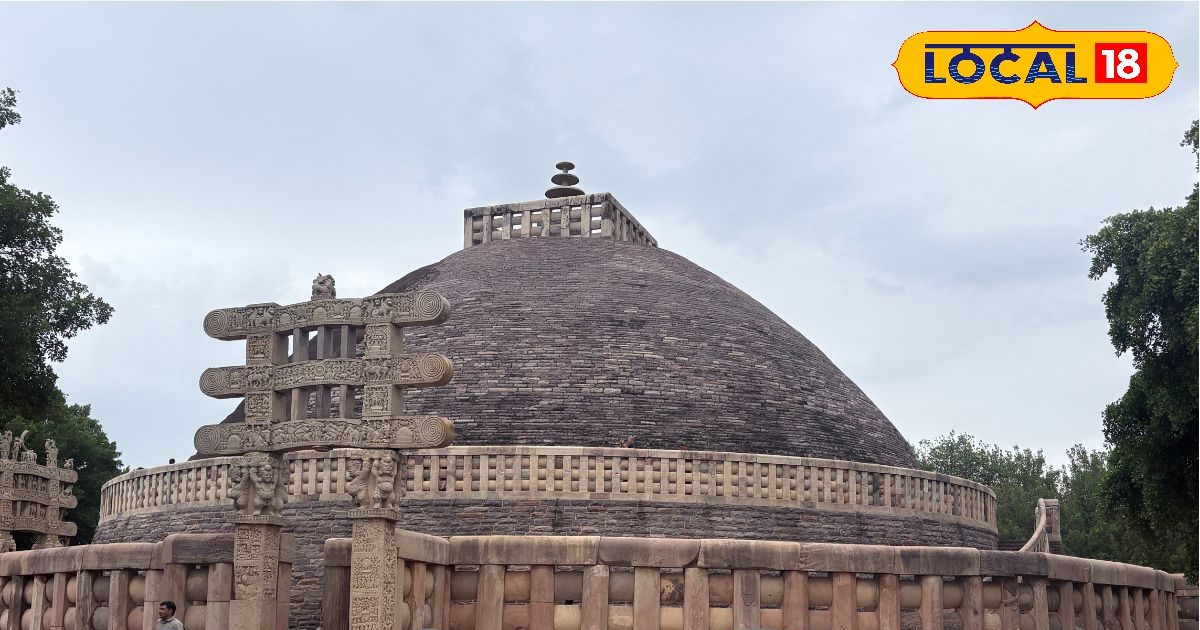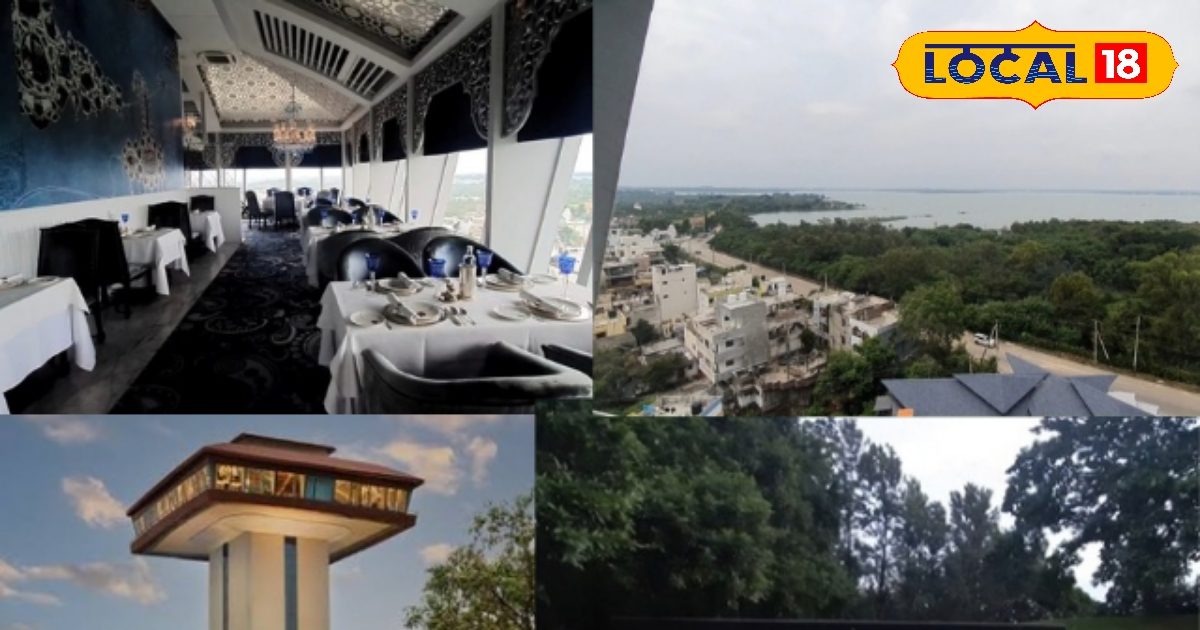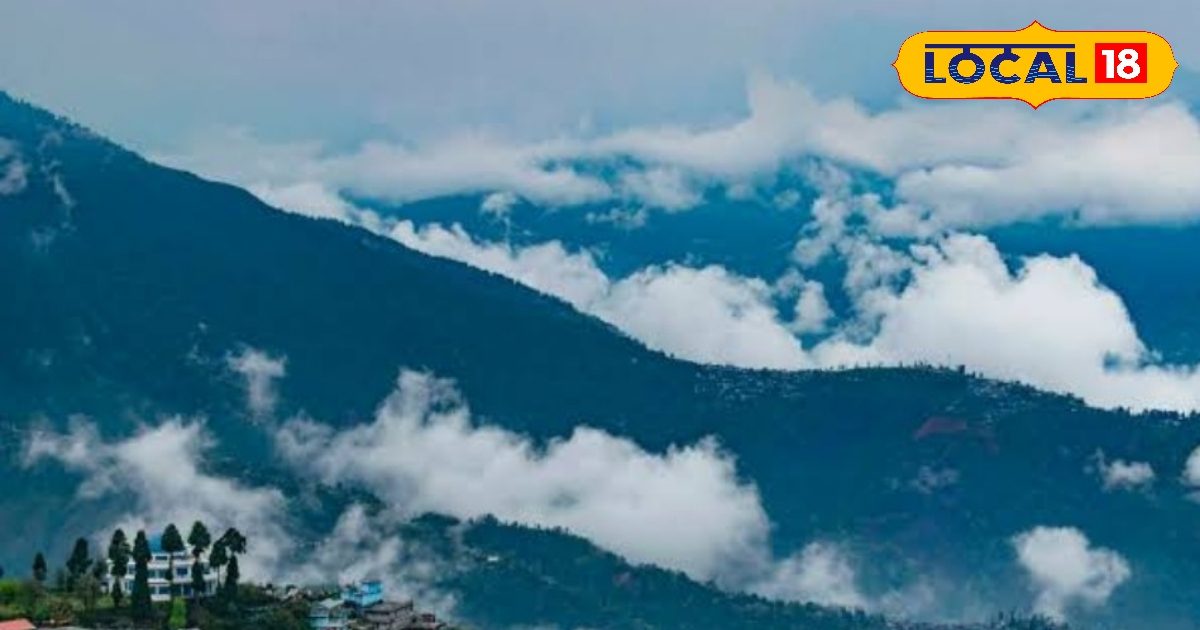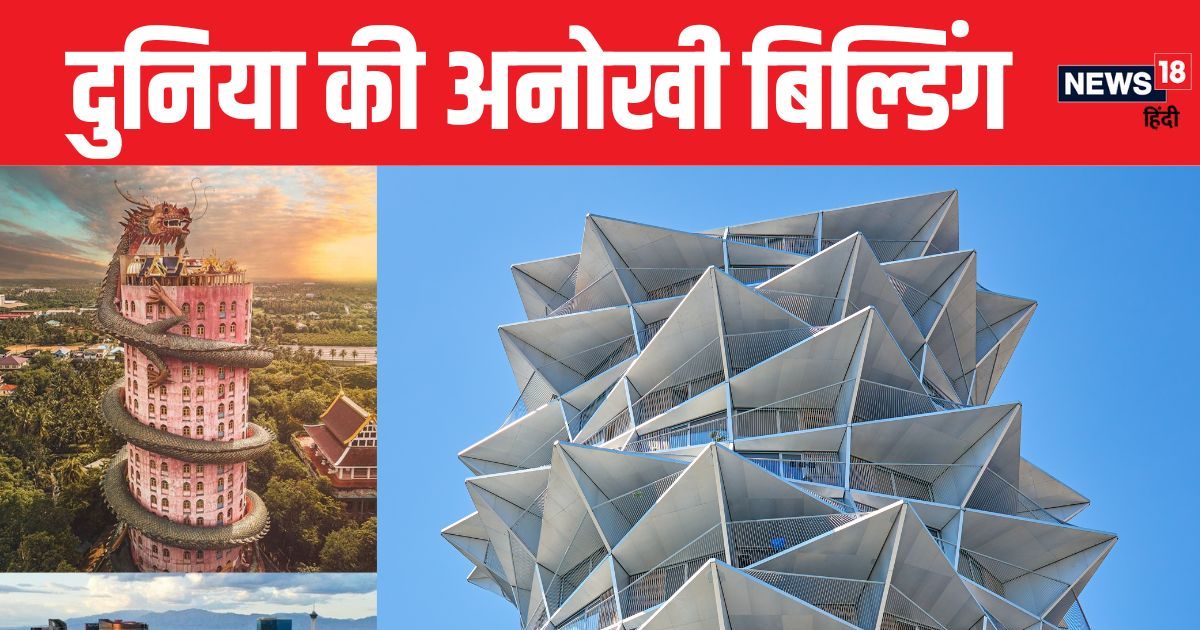Last updated:
Bhopal Heritage Place: There is a lot of places to visit around Bhopal. But today we will tell you about a historical heritage, where the fun of walking with family and friends will double.
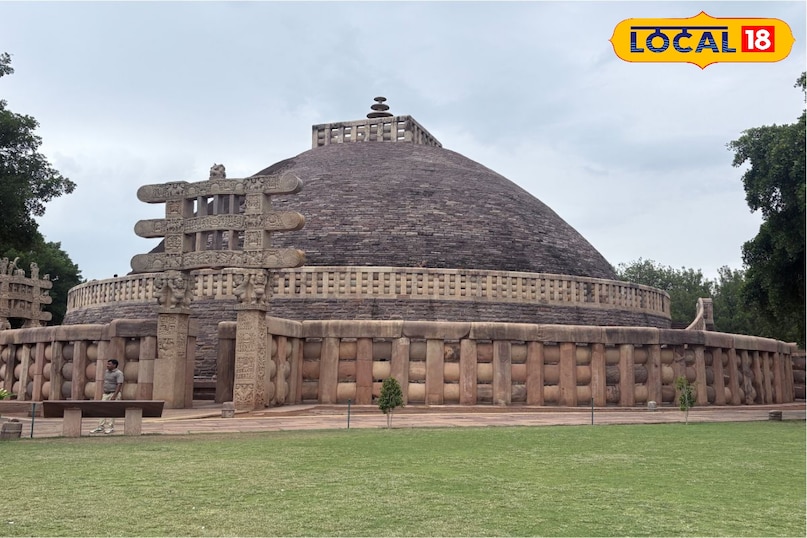
Sanchi Stupa: The capital falls in Raisen district, about 60 km from Bhopal. The Sanchi Stupa situated on the hill is built on the banks of the Betwa River. The carving here is said to be thousands of years old. This place is considered very sacred and special according to Buddhism.

The Sanchi Stupa is said to be one of the oldest stone structures in India, which was built in the third century BC. Many such small buildings and temples are also present here.
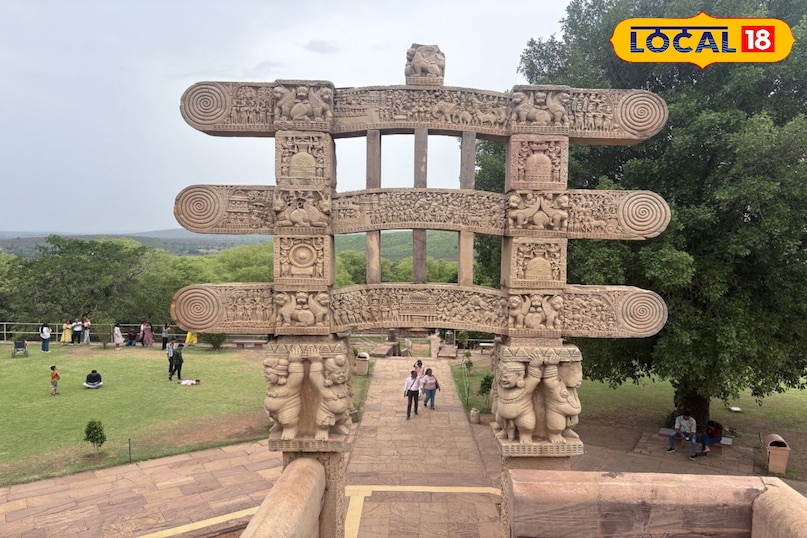
The Sanchi Stupa was built by the great Maurya Emperor Ashoka. It is said that Emperor Ashoka has been a special contribution in bringing Buddhism to heights. This amazing miracle of historical architecture was recognized as the UNESCO World Heritage Site in 1989.
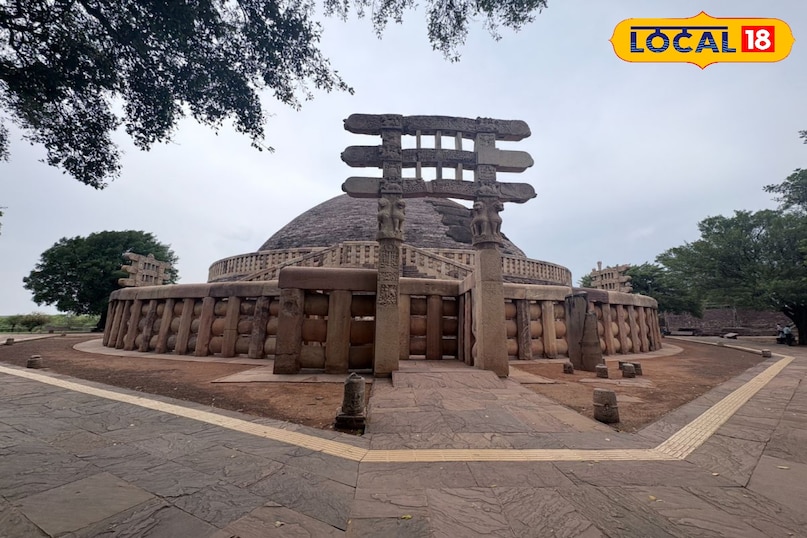
Where does it go that this holy site is cherished by the revered remains of Buddha and his dedicated followers. Let me tell you, Sanchi has been constantly developed for centuries from the structure of a simple et to an excellent work.
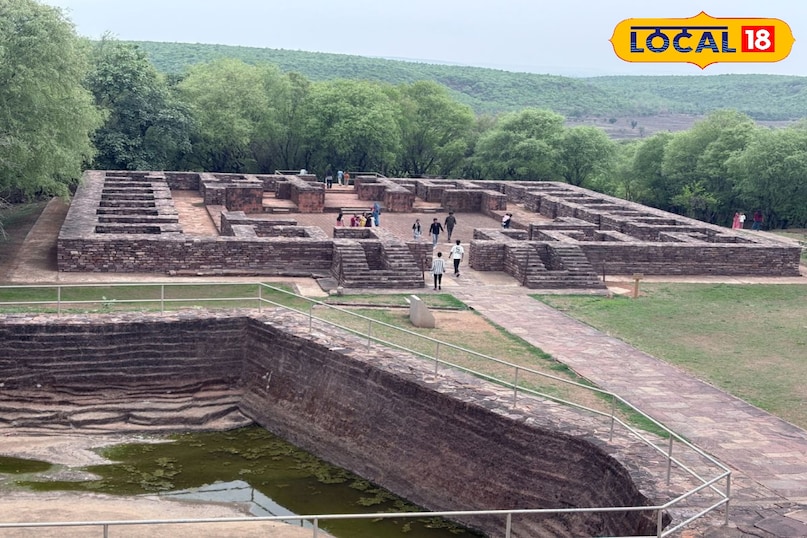
Here the rulers like Satavahak, Gupta and Kushan left their mark, which is the proof of the excellent craftsmanship of ancient India. The mouth pavilion is included on the grandeur of the four toran gates of the Sanchi Stupa.
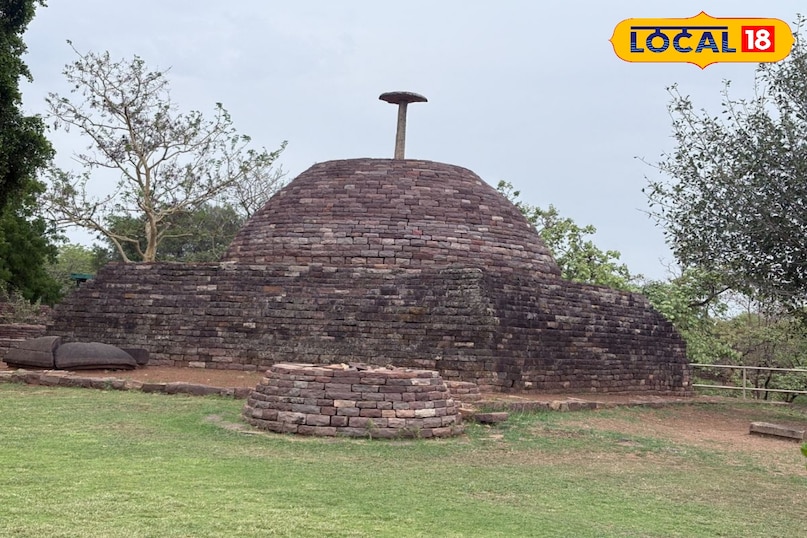
Emperor Ashoka fell Vedis which is called Sanchi in today’s era. Many monuments are constructed here, it is said that there was an atmosphere of peace and solitude for the monk life on this hill. Also, this place was near the rich and prosperous city called Vidisha.
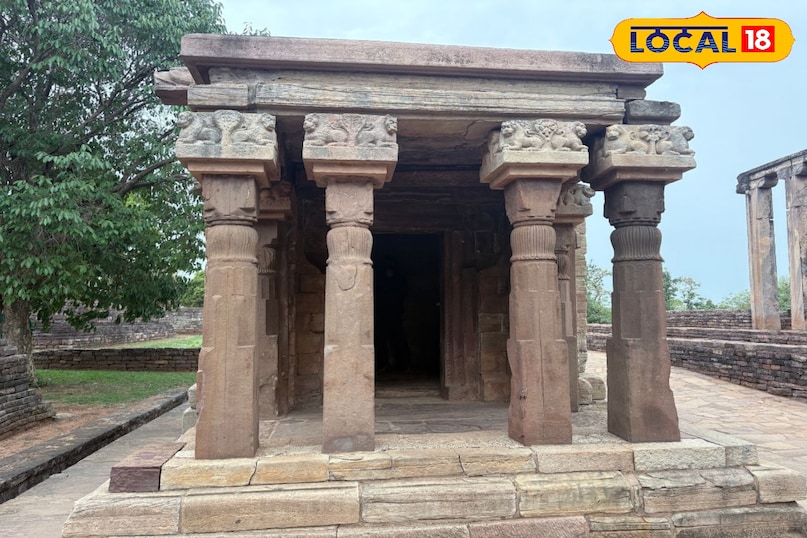
Here history can be known closely by walking comfortably between structures like temple and monastery. Toran gates are built around the stupa. Also, you can enjoy holidays with family in a calm environment.
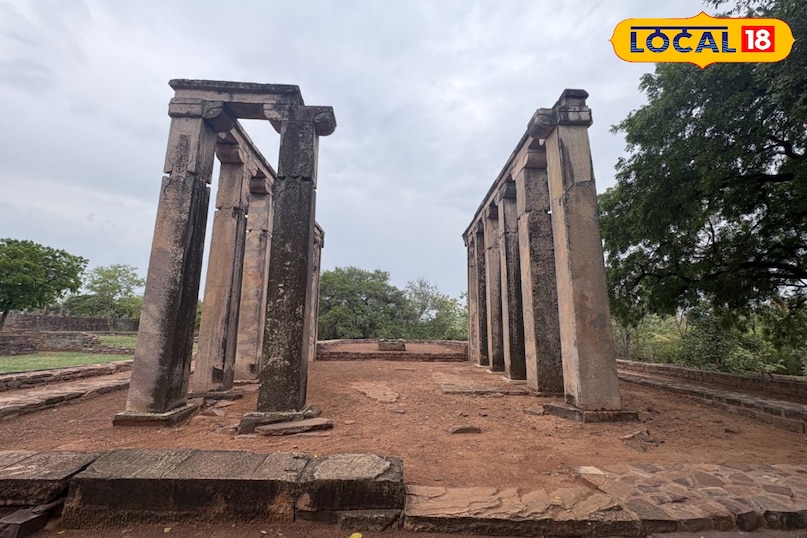
There is also a museum in the Sanchi Stupa campus where a lot of information related to Buddhism is found. Also, Udayagiri caves are also available about 13 km from here, in which the complex Kashi of the Gupta period is seen.
